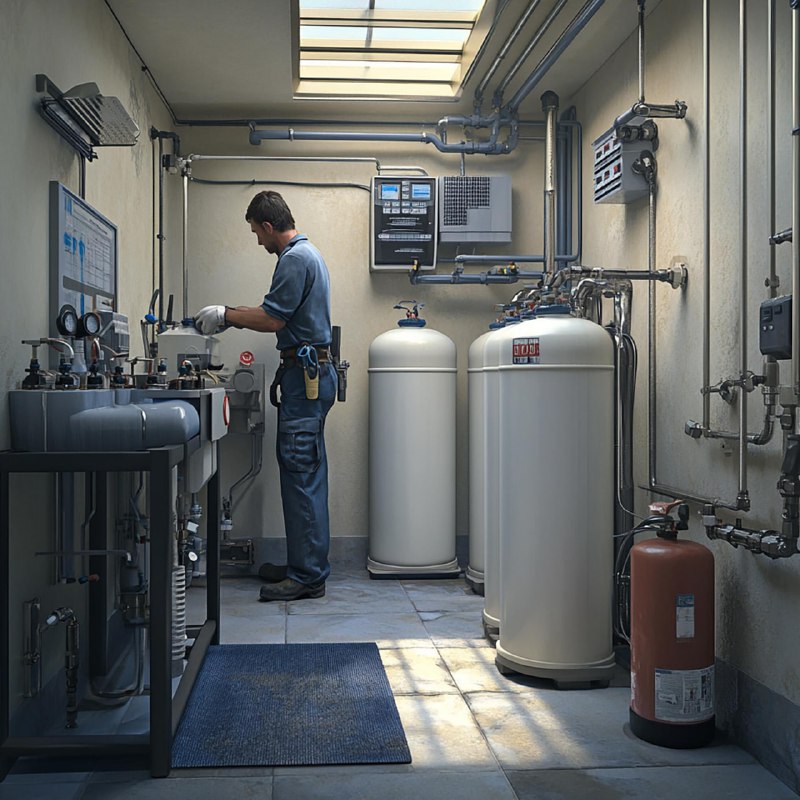This current series of posts that I am writing are all associated with the shift that we are seeing in the market (based on conversations that we have had at a number of recent Fall conferences) where more organizations are starting to shift their focus towards gathering an inventory of their major mechanical and electrical equipment to support the usage of their Computerized Maintenance Management System (CMMS).
There are a lot of benefits to having your equipment inventoried and tagged. The first one that I want to tackle actually relates back to Capital Planning Excellence, the first stage of Integrated Asset Management (IAM), which is why I thought I would start there.
Most organizations that don’t have an inventory of their major building equipment organize their work orders by equipment type (Boilers, Pumps, etc.) as opposed to specific pieces of equipment. While this allows for high-level planning and data analysis, in terms of where, in general, you are spending your O&M resources, it does not allow for a detailed understanding of trends, costs etc.
Once you have each piece of equipment in your CMMS you can tie both preventative and reactive maintenance activities back to specific equipment (Boiler #2 in Mechanical Room 2B on the Second Floor or the Admin Building).
With this information you can begin to create a link between your Capital Planning Process and your O&M plans. Being able to have visibility to the frequency and types of maintenance that a piece of equipment has ensures you are able to better adjust the Remaining Useful Life (RUL) of the equipment, which is one of the key fundamentals of a Facility Condition Assessment (FCA).
Just because something is “old” doesn’t mean it needs replacement. If we all had unlimited budgets we could afford to replace each piece of equipment when it reaches the end of its Expected Useful Life (EUL). However, since that is a pipe dream for almost all organizations, we need to find ways to decide which equipment we can keep going past its EUL.
Also, just because a piece of equipment should last another 10 years, doesn’t mean it will. Understanding the maintenance history provides major feedback to assist assessors in extending the RUL of older pieces of equipment, and also identify equipment that should be replaced prior to the end of life.
The best example that I have demonstrating this fact is a client that did some analysis and realized that they had spent $65,000 to maintain a piece of equipment that had a replacement cost of less than $100,000. Had they been tracking the costs associated with that piece of equipment they would have replaced it outright before the maintenance dollars got so high. Now they are left with an old piece of equipment, with some new parts instead of a brand new piece of equipment for a slight increase in costs.
Where no such data exists, assessment teams must rely on the feedback from knowledgeable staff that have historic knowledge of the O&M activities for specific pieces of equipment. In many cases there are long-serving staff members that can provide this information. However, many of these staff are close to retirement. Also we encounter many organizations where their institutional knowledge has been depleted due to retirements or turn-over. Once it walks out the door, it is almost impossible to get it back.
Although Equipment Inventory & Tagging (EI&T) information is extremely valuable to any organization in terms of O&M planning, it also has important benefits to capital renewal planning as well. Next post will focus on how to organize your O&M data so that it can more efficiently provide insights into your FCA program.




